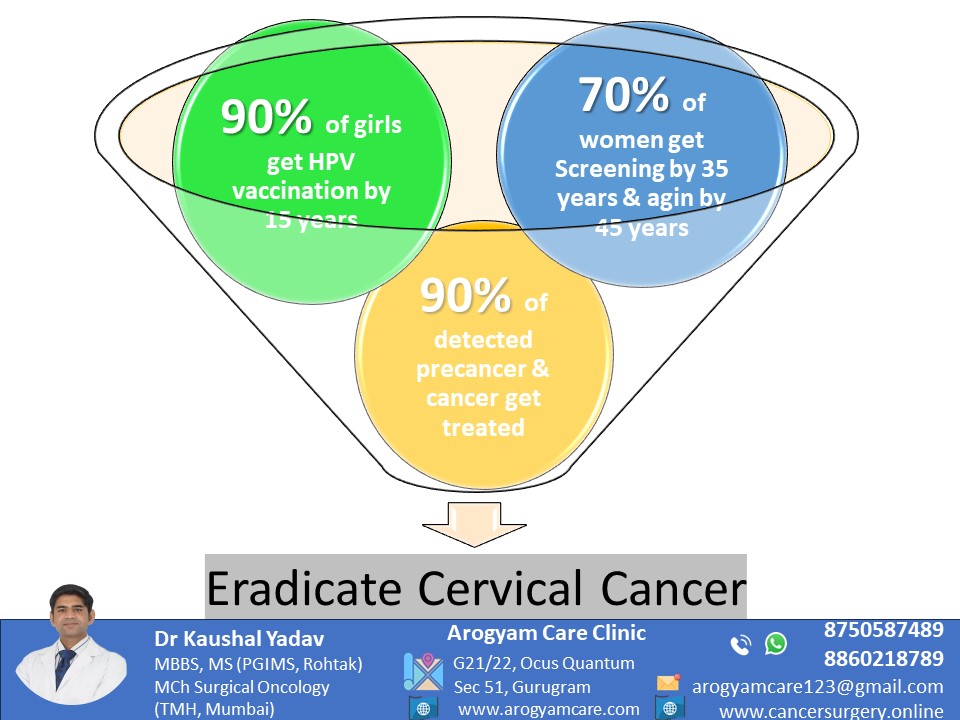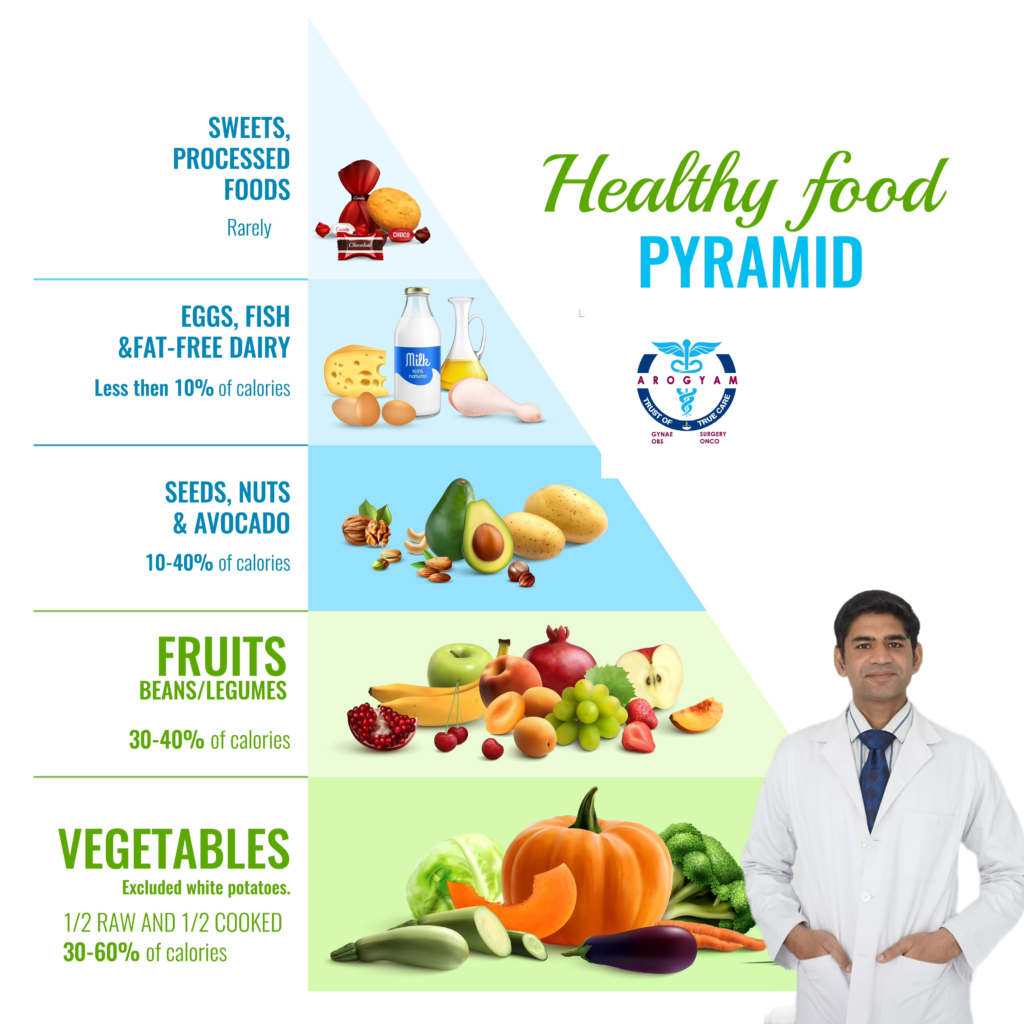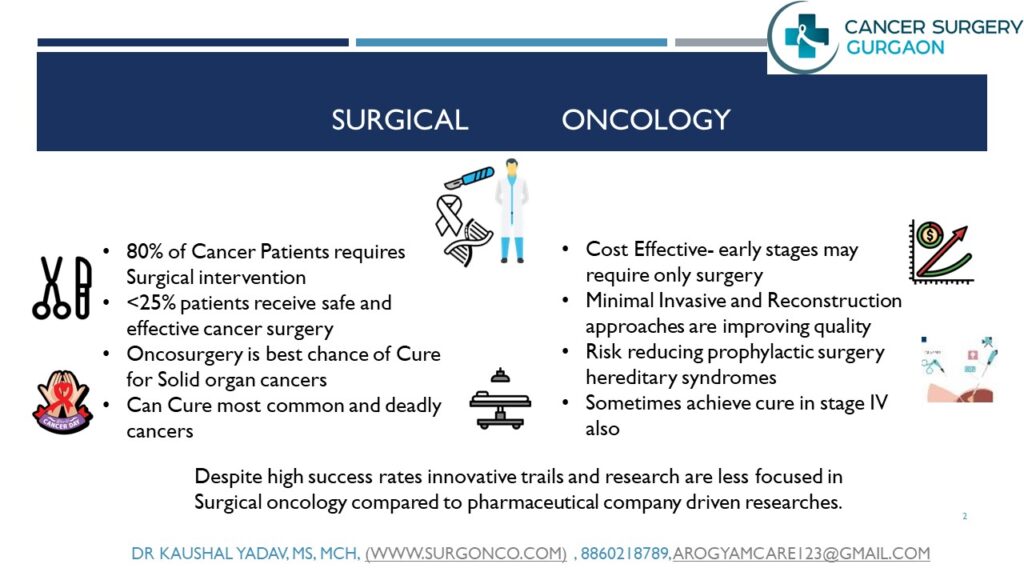Steps to Eradicate Cervix Cancer the 3rd most common cause of cancer mortality
The Problem: Present Scenario Cervix cancer is a preventable and curable disease, but it still affects millions of women around the world, especially in low- and middle-income countries. According to the World Health Organization (WHO), cervix cancer is the fourth most common form of cancer among women worldwide In India, cervix cancer is the second most common cancer among women. It accounts for about 17% of all cancer deaths. Globally 21% of all cases and 23% of all deaths related to cervix cancer occur in India. Study Link This accounts for highest no of cervix cancer cases in India. News Link This also accounts that India records 1 in 5 cases of carcinoma cervix. News Link Is is possible to eradicate cervix cancer from the world? Cervix cancer is cancer which can be eliminated largely from world. There are hopes of eliminating this cancer because in >90% of cases it is caused by a virus called human papilloma virus (HPV). It is a sexually transmitted virus and grow more rapidly in unhygienic conditions and when body immunity is low. It may take upto 5 years to develop precancer changes in cervix cancer cells infected by HPV and around 10-15 years to develop cancer. So there is a lot of time to adopt right screening and right treatment even before development of cancer. “Cervical Cancer, a Prevention Success Story” by DES Daughter is licensed under CC BY-NC-SA 2.0 Step 1: HPV Vaccination Vaccine is available to prevent cervix cancer and this vaccine develop immunity against human papilloma virus. WHO advise to vaccinate > 90% girls before 15 years. It is advisable to take two doses of cervix cancer vaccine between age 9-14 years and three doses between age 15-26 years This vaccination strategy is effective in prevention of cervical cancer precancer changes in >95% cases. Step 2: Pap/ Pap HPV cervix cancer screening Most affordable method and has shown decrease in mortality rate of cervix cancer by >30%. Despite of available of cost effective method there is significant underutilization. Starting from 21 or 30 years and upto 65 years, every healthy female should do their screening test. Conventional pap smear cost around 300-500 INR and is done every 3 years. Pap with HPV DNA costs around 3000-4000 INR and is done every 5 years. Apart from this; one even more affordable method is Visual Inspection under Acetic acid. WHO advise to screen >70% females by age of 35 years and again by 45 years of age using high performing test. “every healthy female and family should be aware that with an easily affordable test lacs of treatment cost can be avoided.” “Prevent Cervical Cancer Infographic” by DES Daughter is licensed under CC BY-NC-SA 2.0 Step 3: Early treatment is best cure Women detected with precancer lesions should undergo appropriate surgical treatment. It does not mean than every time they should undergo removal of uterus. In many cases it is possible to save uterus also and so adequate treatment of precancer changes depending upon their grade. Every attempt should be made to detect cervix cancer in early stages. Surgery in early stage translated into better cure. Advance case should also receive appropriated treatment. Contributing factors: “With these three strong pillars and advised strategy of 90–70–90 by WHO, it is possible to eliminate the cervical cancer.” Cervix cancer is not inevitable. It can be prevented, detected early, and treated effectively. Together, we can make history and eliminate cervix cancer as a public health problem. To know about WHO initiatives for cervix cancer elimination: https://www.who.int/initiatives/cervical-cancer-elimination-initiative To Know more about cervix cancer: Click here Link to article on the health site Read here Related Video
Steps to Eradicate Cervix Cancer the 3rd most common cause of cancer mortality Read More »










